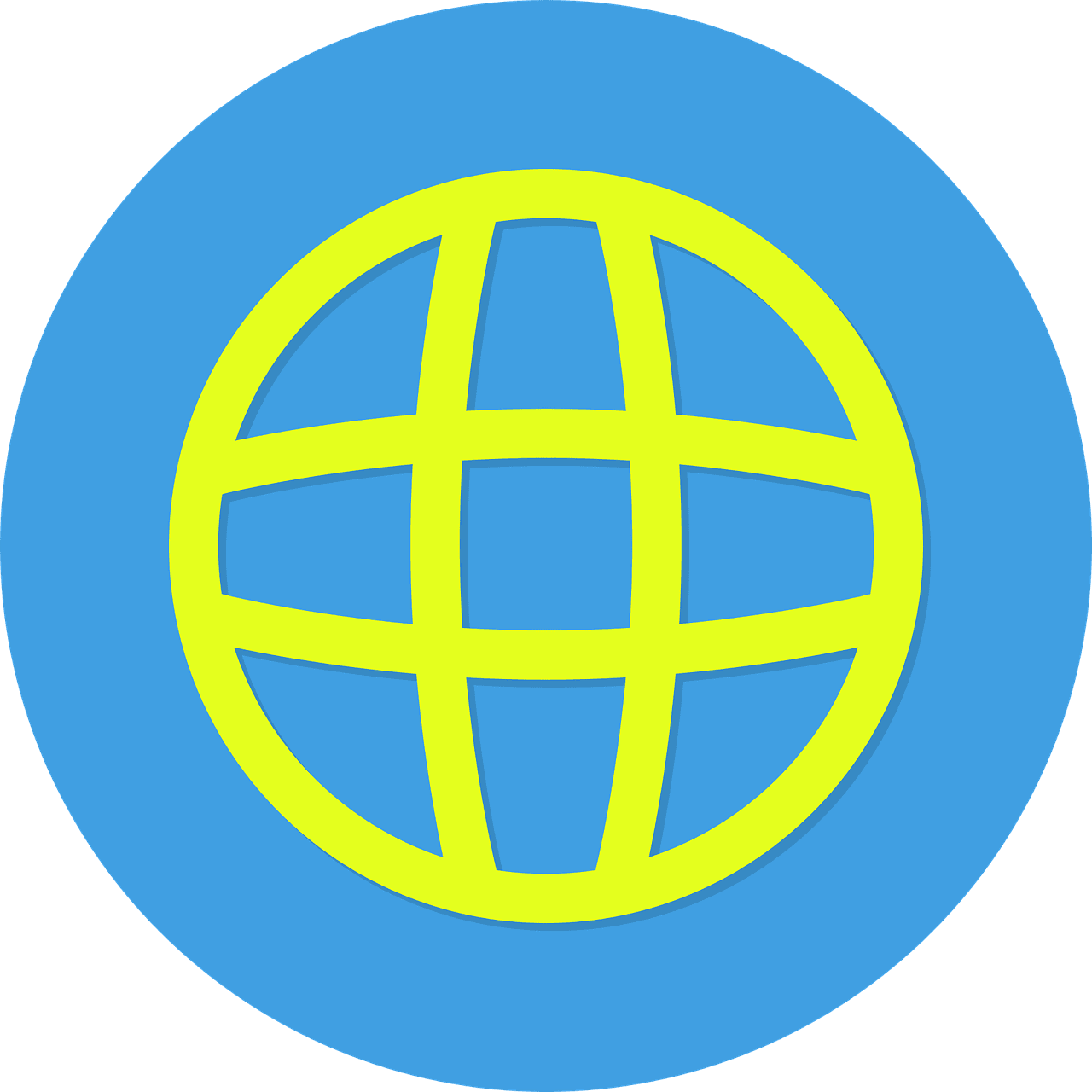A certain way or protocol determines the working of a computer network between several devices. The set of rules that are executed so that data broadcasted between several devices in a similar network is inferred is known as a network protocol.
Key Takeaways
- TCP (Transmission Control Protocol) ensures the delivery of data packets from one host to another, while IP (Internet Protocol) is responsible for routing the data packets to their destination.
- TCP is a connection-oriented protocol that guarantees data delivery, while IP is a connectionless protocol that does not guarantee data delivery.
- TCP uses sequencing and acknowledgement mechanisms to ensure reliable data transmission, while IP does not have such mechanisms and relies on the network to deliver data reliably.
TCP vs IP
TCP (Transmission Control Protocol) is a kind of protocol used to transfer packets of data from one computer to the other. This process takes a lot of time to start. IP (Internet Protocol) defines the path taken by the packets of data to reach the destination. Transfer of data is not guaranteed by IP.

The task carried out by the protocol includes establishing a connection first and then establishing the communication between the devices in the respective network. It has several advantages and characteristics.
The communications protocol that carries out the task of finding the address to which the data is supposed to be delivered is known as the Internet Protocol or IP. The Internet Protocol provides the addressing system.
Comparison Table
| Parameters of Comparison | TCP | IP |
|---|---|---|
| Meaning | The transport layer protocol that carries out the task of delivering the data to the respective destination is known as the Transmission Control Protocol or TCP. | The communications protocol that carries out the task of finding the address to which the data is supposed to be delivered is known as the Internet Protocol or IP. |
| Full forms | Transmission Control Protocol. | Internet Protocol. |
| Main Function | To deliver the data to the respective destination. | To find the address to which the data is supposed to be delivered. |
| Advantages | Data can be retransmitted. Clogging is controlled, Providence of unique identification, The packets are arranged in order before they reach the application, Proper error eradication steps are taken. | Standing is improved, Extra security is provided, Direct admittance to a user’s administration is provided, Allowance to secure a user’s basic email streams. |
| Disadvantages | The beginning of the process is slow. To acquire maximum benefits, a user must switch to WAN services, and Connection establishment can slow down during a handshake, Blocking images. | It is an expensive option, Difficult to find, Poor functioning at low volume conditions. |
What is TCP?
The transport layer protocol that delivers the data to the respective destination is known as the Transmission Control Protocol or TCP.
The Internet Protocol is used by the Transmission Control Protocol. The data is taken from the application layer by the Transmission Control Protocol and then segmented into numerous packets.
The communication between the sender and the receiver is completed. The Transmission Control Protocol has several features, advantages and disadvantages.
The Transmission Control Protocol is not only connection-oriented but also a stream-oriented protocol. Both sender and receiver are connected virtually, and the tasks are carried out smoothly as they are assigned to several.

What is IP?
The communications protocol that carries out the task of finding the address to which the data is supposed to be delivered is known as the Internet Protocol or IP. The main function of the Internet Protocol is to carry out the task of finding the address to which the data is supposed to be delivered.
The Internet Protocol addresses are in the form of numbers that range between 0 to 255. They are expressed in a set of four numbers that are assigned differently by the IANA.
The Internet Protocol works systematically. The information is passed by following some set guidelines. Several devices share information using the Internet Protocol.
Each of these IP addresses has its independent characteristic and works accordingly. The ways that a user can look up the IP addresses are different on different devices.

Main Differences Between TCP and IP
- The Transmission Control Protocol carries out the task of delivering the data. On the other hand, the Internet Protocol carries out the task of finding the address to which the data is supposed to be delivered.
- The TCP stands for the Transmission Control Protocol. On the other hand, the IP stands for the Internet Protocol.





